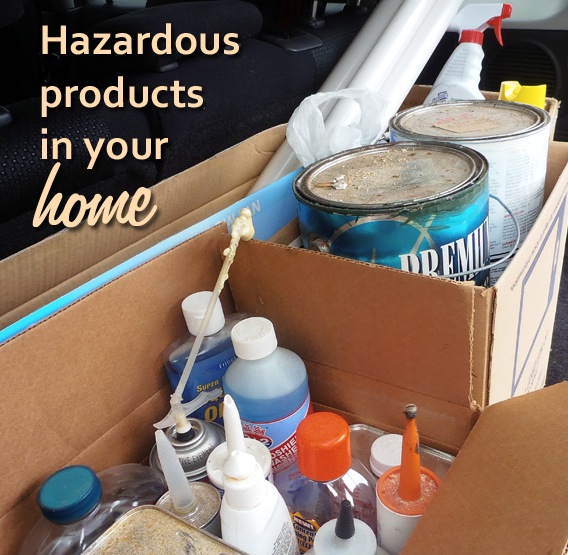
Hormones affect and regulate nearly every tissue and function, including metabolism, growth, homeostasis, and reproduction. Unfortunately, outside factors can sometimes disrupt the production of these essential chemicals.
The Environmental Working Group (EWG), an organization that advocates for consumer and environmental health, has just released a list of the 12 chemicals that disrupt hormones the most. All of the chemicals, classified as endocrine disruptors, dangerously interfere with hormone production or operation.
Exposure to some of these chemicals will result in decreased production of certain hormones, while exposure to others could actually increase hormone production, both of which could have ill health effects.
New, Old and Still-Mysterious Chemicals
Some of the chemicals that made the list include phthalates and bisphenol A (BPA), both of which have been discussed in medical journals for their apparent ability to disrupt hormones and interfere with reproduction. However, while plenty of clinical trials have indicated the danger of these chemicals, the consensus among the scientific community is that more research is needed before any findings can be considered fact.
Several of the chemicals on the list, including lead, mercury and arsenic, will be familiar to consumers as dangerous substances that should be avoided for various health reasons. However, many consumers may be unaware of the hormone-disrupting effects of these chemicals, despite knowledge of their other dangers.
Other chemicals to make the list include organophosphate pesticides, perfluorinated chemicals (PFCs), flame retardants, perchlorate, atrazine, dioxin and glycol ethers. This last item is a solvent found in certain cleaning agents and paints, and exposure to it may result in decreased testicle size, reduced sperm count and associated reproductive problems.
How Much Exposure is Too Much Exposure?
According to Dr. Kenneth Spaeth, head of Manhasset, New York’s North Shore University Hospital Occupational and Environmental Medicine Center, the EWG’s list is valuable to consumers because it raises awareness about chemicals that could interfere with their health and also the health of their future children.
Still, the question remains: since many of these chemicals are difficult to avoid entirely, what levels of exposure are dangerous? Dr. Spaeth says that unsafe exposure levels vary by chemical, and some of these levels are still unknown. For example, the medical community agrees that any exposure to lead should be considered dangerous and should be avoided. Phthalates and BPA, on the other hand, haven’t been studied as thoroughly as lead, and the amounts to which average people are exposed may not be significantly harmful. However, Dr. Spaeth notes that BPA and phthalates should be avoided whenever possible because the evidence so far suggests they may be dangerous. Your BPA levels could be dangerously high, for example, if you consume an above-average quantity of canned food, since the lining of the cans themselves contains BPA.
Finally, Dr. Spaeth believes that the EWG probably could have chosen three hormone-disrupting chemicals besides percholorate, organophosphate pesticides and lead, since these three chemicals are used very rarely today and most people won’t have the option of being exposed to them anyhow.
The Bottom Line
Many chemicals contained in household cleaners, product packaging and other materials can interfere with your hormone system and negatively affect your health. A list of the worst chemical offenders, as well as tips for avoiding them, is now available from the Environmental Working Group.













